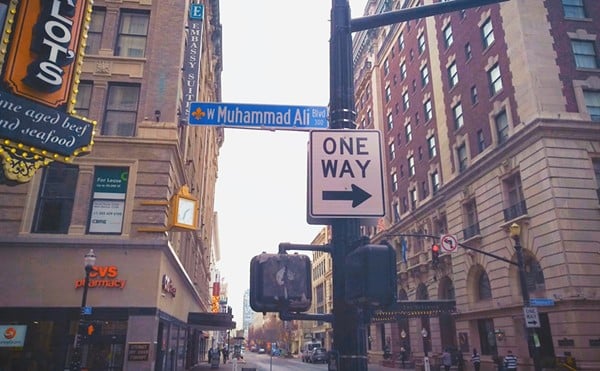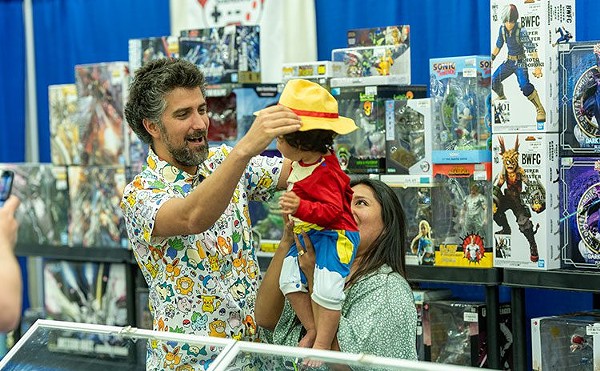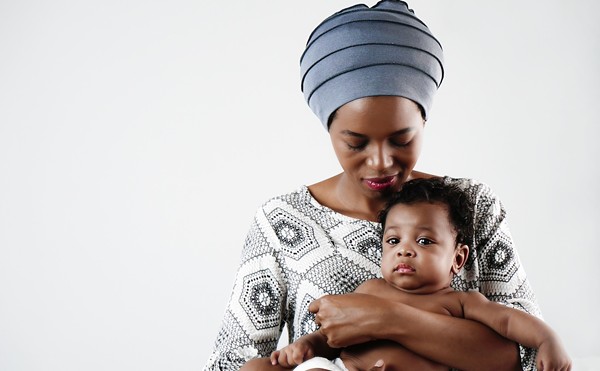
In “I Am My Own Wife,” Doug Wright’s Sony records interviews with noted German transvestite Charlotte von Mahlsdorf, curator of the Grunderzeit Museum. Like Warhol (and like Krapp in Beckett’s “Krapp’s Last Tape”), Wright sought revelations through tape recordings, and also found reality elusive.
Like Warhol, Charlotte fanatically collected objects. She was fixated on the late 1800s and was particularly fond of Edison wax-cylinder recordings. (“At one time, I had over funfzehntausend cylinders,” she boasts.) The play glosses over just how Charlotte acquired her treasures. She was accused of taking items Nazis obtained from displaced Jews. She later collaborated with the Stasi (East German secret police), turning in a fellow collector.
Charlotte doesn’t believe in refinishing her antiques, but keeps them “as is.” She says, “It is a record, yes? Of living. Of life.” Yet, she hides her own flaws by distorting the truth. When confronted about this, she wonders how others can judge her without having lived through her experience.
The St. Genesius Theatre, home to The Drama Studio, is tucked inside a cylindrical Quonset hut, hidden away on a dark and nondescript Clarksville street that houses mostly small industrial sites. Searching for the theater during last Saturday’s snow storm, my companion and I felt like the denizens of Charlotte’s secret basement cabaret, where sexual free-thinkers let their freak flags fly in a repressive regime.
Former Courier-Journal critic Roger Fristoe portrays all 34 characters as Charlotte’s story unfolds. Fristoe, obviously as captivated by Charlotte as Wright was, traveled to Mahlsdorf and visited Charlotte’s museum. This fascination is infectious. Fristoe takes us into Charlotte’s mind while describing her first encounter with women’s clothing. Fristoe mimes the act of dressing up in Charlotte’s lesbian aunt’s clothing, as he dreamily says, “I … put ... them … on …” Likewise, Fristoe transports us to the secret cabaret as Charlotte recounts tamed tales of debauchery.
Fristoe charms as tranny granny Charlotte, but loses the audience at times when morphing into other characters. This is not so much Fristoe’s shortcoming as it is one of Debra Rice Endris’ direction and the play itself. By simply modifying his voice or raising an eyebrow to signify a new character, rather than switching places back and forth like a Robin Williams routine, Fristoe (and the audience) would not be so drained by this tedious pacing. Endris’ often abrupt lighting changes (from soft blue to harsh yellow) did not ease the discomfort.
Audiences (and critics) are weary of the trend toward one-actor plays. Are companies trying to save money by hiring only one actor? Are playwrights just getting lazy? Or is this trend, as I suspect, a reflection of how we now communicate? Kids text-message each other all day. Adults e-mail co-workers instead of having a conversation. We don’t have to worry about interruptions. Monologues can be effective if used sparingly, but please, spare us entire plays that consist of nothing but one-way conversations.





